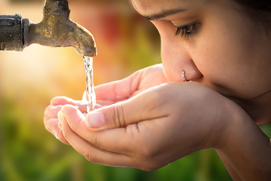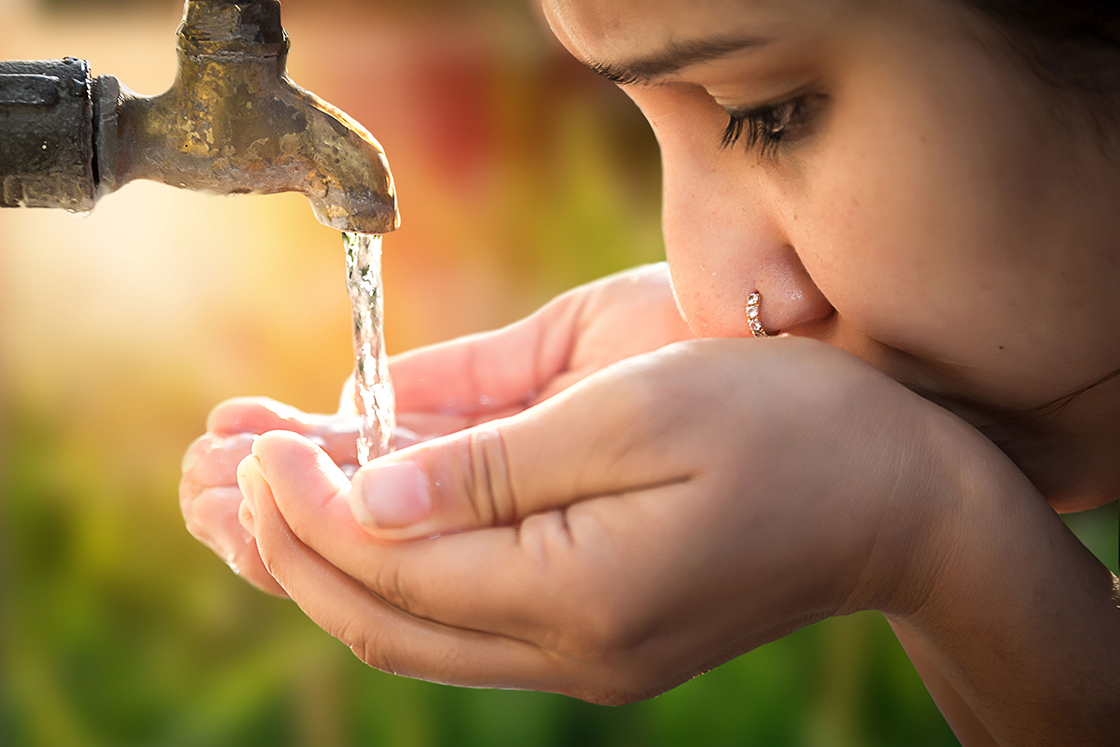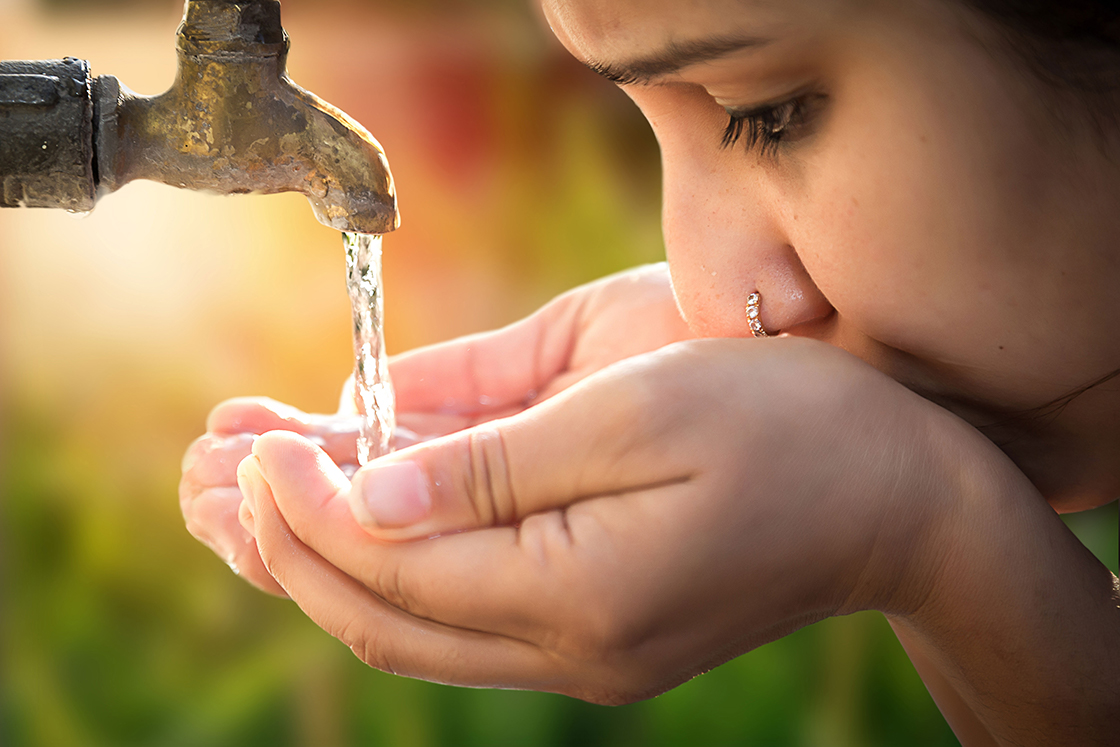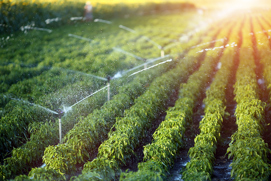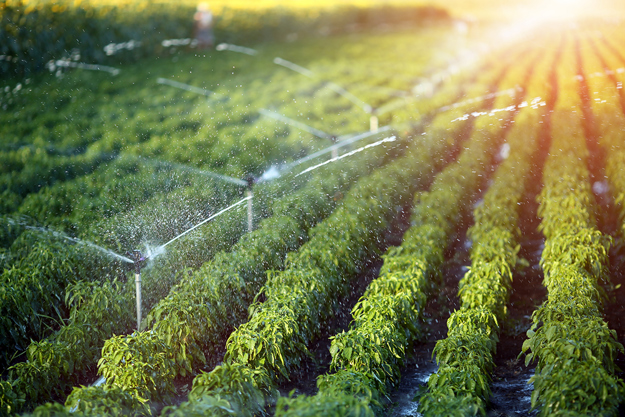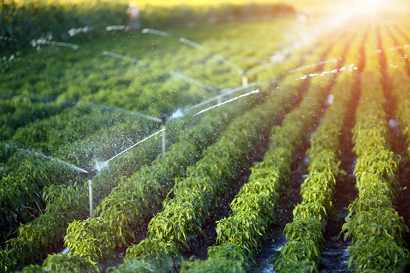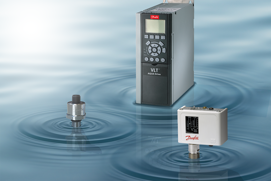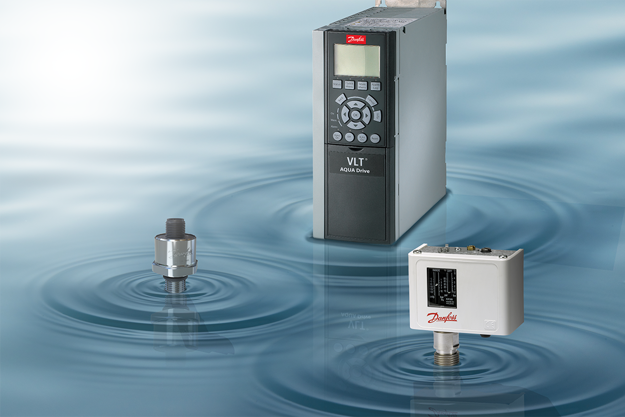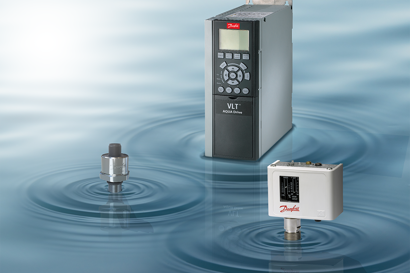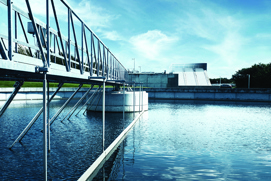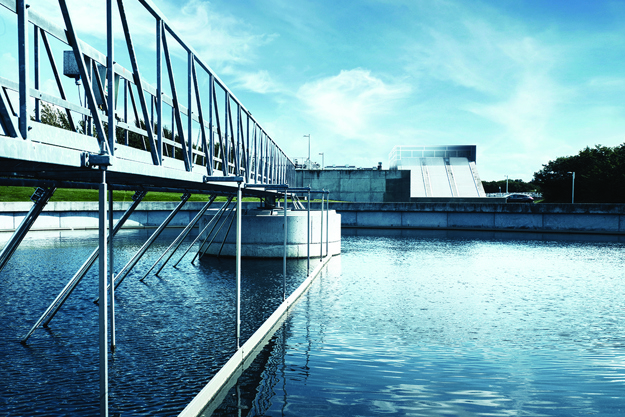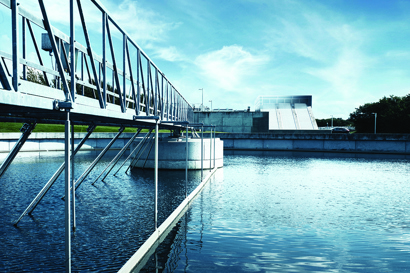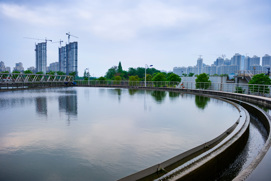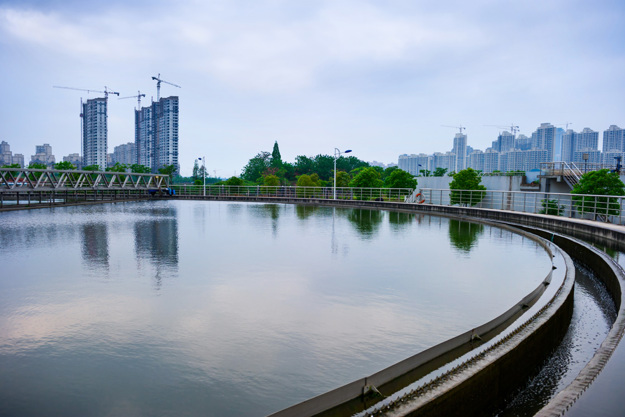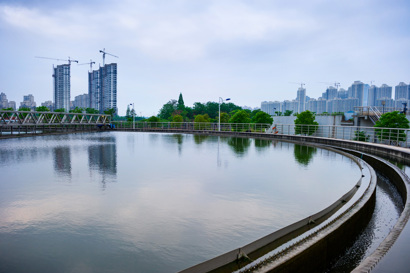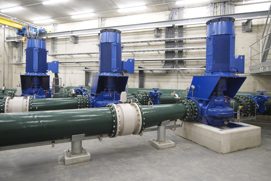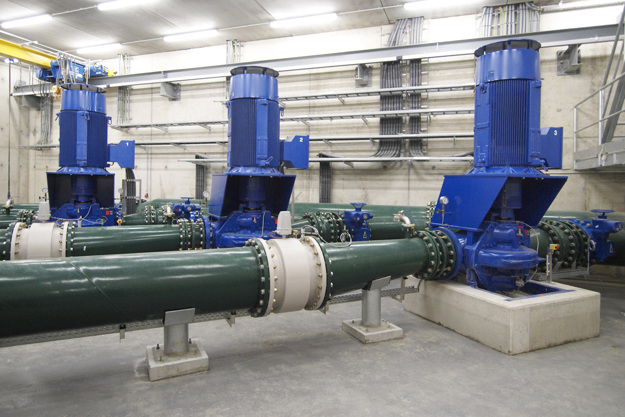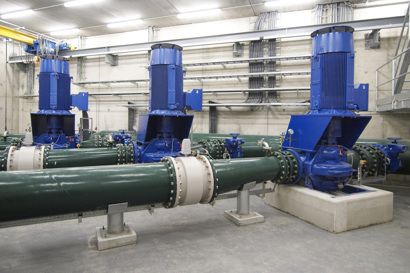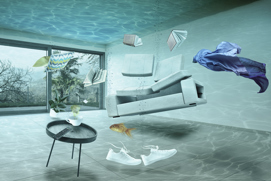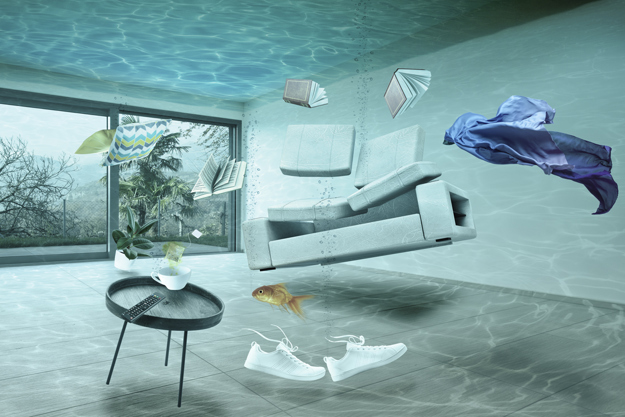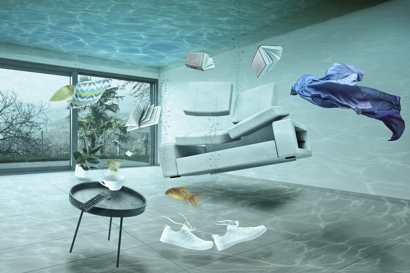Solutions
-
if (isSmallPicture) {


 Desalination
DesalinationDue to high energy efficiency and reliability, Sea Water Reverse Osmosis (SWRO) is one of the most sustainable and cost effective solutions for converting sea water to potable fresh water. Danfoss is committed to supporting the desalination industry with energy efficient SWRO solutions.
-
if (isSmallPicture) {


 Irrigation
IrrigationEfficient and sustainable irrigation is vital for the global security of food supply. Danfoss offers solutions to reduce energy consumption, increase water efficiency and protect infrastructure.
-
if (isSmallPicture) {


 The challenges of a sustainable water supply
The challenges of a sustainable water supplyClose to one third of the world’s population currently lives in water stressed and scarcity areas. Danfoss has solutions that can help communities reduce their water loss, save energy and reduced investment in pipe replacement.
-
if (isSmallPicture) {


 Wastewater treatment
Wastewater treatmentBy reducing energy consumption and optimizing energy production from wastewater treatment, we can fuel the entire water cycle for urban municipalities. In industrial wastewater treatment, Danfoss solutions ensure sustainability of zero liquid discharge (ZLD) processes.
Applications
-
if (isSmallPicture) {


 Drives for mixers, dewatering and blowers
Drives for mixers, dewatering and blowersUse AC drives to control the speed of motors in a wide range of pump, blower, mixer and dewatering applications to help enhance performance and value while saving energy and costs in wastewater treatment.
-
if (isSmallPicture) {


 Drives for water pumping
Drives for water pumpingFor water supply based on surface water or groundwater, Danfoss AC drives (or VFD pumps) can help optimize the production process whilst reducing energy and maintenance costs.
-
if (isSmallPicture) {


 Solenoid valves for leak detection
Solenoid valves for leak detectionEvery minute, around the clock, and throughout the year, water damage occurs in a building somewhere in Scandinavia. Surprisingly, most water damage has a variety of causes.


